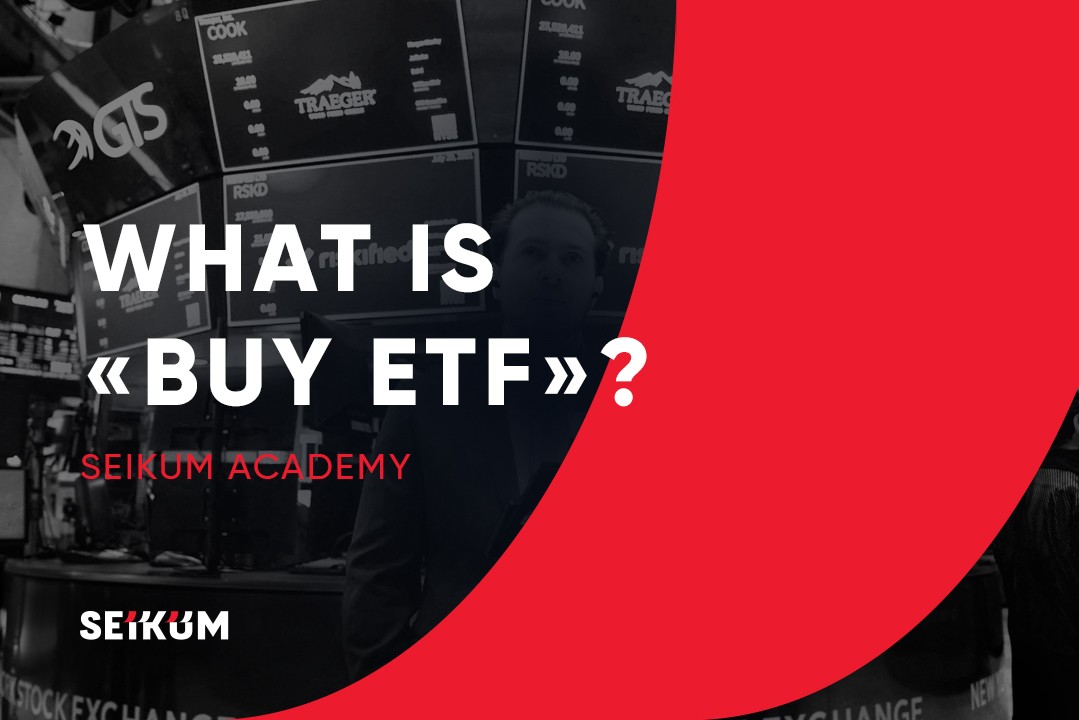How to Buy ETFs Like a Pro?


The Beginner’s Guide: How to Buy ETFs Like a Pro
Are you ready to dive into the world of investment and explore the exciting realm of Exchange-Traded Funds (ETFs)? If so, you’ve come to the right place! In this beginner’s guide, we will walk you through the process of purchasing ETFs, step by step. Whether you’re an experienced trader looking to expand your portfolio or a novice investor taking your first steps, this article will equip you with the knowledge and confidence to make informed investment decisions. So, let’s get started on this thrilling investment journey together!

Understanding ETFs: A Powerful Investment Tool
Before we delve into the nitty-gritty of purchasing ETFs, let’s take a moment to understand what they are and why they have gained immense popularity among investors. An ETF is essentially a basket of securities, such as stocks, bonds, or commodities, that can be bought and sold on stock exchanges, much like individual stocks. This unique investment vehicle offers diversification, liquidity, and the potential for growth, making it an attractive option for investors seeking exposure to various markets and sectors.

Step 1: Define Your Investment Goals and Objectives
As with any investment, it’s crucial to have a clear understanding of your financial goals and risk tolerance before diving into the ETF market. Ask yourself: What are you hoping to achieve? Are you looking for long-term capital appreciation, income generation, or a combination of both? Defining your objectives will help you narrow down your choices and align your investment strategy accordingly.Step 2: Research, Research, Research
Once you’ve established your investment goals, it’s time to roll up your sleeves and dive into research. Conduct thorough due diligence on different ETFs available in the market, paying attention to their underlying assets, expense ratios, historical performance, and management team. Explore reputable financial websites, read prospectuses, and consult with financial advisors to gather as much information as possible. Remember, knowledge is power when it comes to making sound investment decisions.Step 3: Choose the Right ETF for You
Armed with research, it’s time to zero in on the ETFs that align with your investment goals. Consider factors such as the ETF’s investment strategy, sector focus, and risk exposure. Are you interested in broad market exposure or a specific industry? Are you willing to take on higher risk for potentially higher returns? Selecting the right ETF that resonates with your investment objectives is a crucial step towards success.Step 4: Open an Investment Account
Now that you have identified the ETFs you wish to invest in, it’s time to open an investment account. Choose a reputable brokerage firm that offers access to a wide range of ETFs and aligns with your trading preferences. Many online brokers provide user-friendly platforms, making it easy to buy and sell ETFs with a few clicks. Remember to carefully review the account terms, fees, and customer support options before making your selection.Step 5: Execute Your ETF Trade
With your investment account set up, you’re just a few steps away from becoming an ETF investor. Navigate to your broker’s trading platform and search for the desired ETFs by ticker symbol or name. Once you’ve located the ETFs, specify the number of shares you wish to purchase and review the current market price. When you are satisfied with the trade details, click the “Buy” button and voila! You’re now a proud owner of ETF shares.Step 6: Monitor and Rebalance Your Portfolio
Keep a close eye on your ETF holdings and regularly review their performance against your investment goals. Over time, market conditions may change, and your portfolio may require rebalancing to maintain its desired asset allocation. Stay informed, stay vigilant, and adjust your investments as necessary.Conclusion
Buying ETFs may seem like a daunting task at first, but armed with the right knowledge and a solid investment plan, you can navigate the market with confidence. Remember to define your investment goals, conduct thorough research, choose the right ETFs, open an investment account, execute your trades, and continuously monitor your portfolio. By following these steps, you’ll be well on your way to harnessing the power of ETFs and building a robust investment portfolio.
